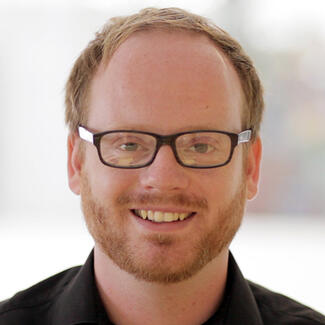
Gordon Wetzstein: coupling AI techniques to improve realism in AR and VR
Augmented virtual reality will continue to transform a number of fields from medical to gaming.
Professor Gordon Wetzstein and his colleagues are working to come up with solutions to bridge a gap between simulation and reality while creating displays that are more visually appealing and easier on the eyes.
The research published in Science Advances details a technique for reducing a speckling distortion often seen in regular laser-based holographic displays, while the SIGGRAPH Asia paper proposes a technique to more realistically represent the physics that would apply to the 3D scene if it existed in the real world.
"Artificial intelligence has revolutionized pretty much all aspects of engineering and beyond. But in this specific area of holographic displays or computer-generated holography, people have only just started to explore AI techniques," states Gordon.
Excerpted from "Stanford researchers are using artificial intelligence to create better virtual reality experiences," November 12, 2021.